Teach your students about the structure and language features of persuasive texts with these interactive teaching slides.
How to Write a Persuasive Text – Teaching Slides
If you’re planning on starting your persuasive writing unit soon, you’ve hit the jackpot. Skip finding all those articles and hunting for persuasive writing examples to look at with your students. We’ve dropped them all into one comprehensive teaching PowerPoint that is perfect for filling in your persuasive writing lesson plans. This comprehensive PowerPoint is packed with engaging and interactive content that will help your students understand the key features and structure of persuasive texts, as well as the use of persuasive language and modal verbs.
With this resource, your students can analyse real-world examples of persuasive writing, giving them a deeper understanding of the topic. The PowerPoint includes clear and easy-to-understand explanations, interactive activities, and analysis activities to reinforce key concepts.
Persuasive Texts Don’t Have to Be Hard!
This PowerPoint has been designed to teach your students about the text structure and language features of persuasive writing.
Activities include
- Analyzing opinion texts and identifying structural components (introduction, stating a claim)
- Identification of supporting reasons and accompanying supporting details
- Use of persuasive languages such as modal verbs, strong verbs and adjectives, and transition words
Click Download and Start Teaching Opinion Writing for Kids
All it takes is a single click to download and start teaching. This resource is housed within Google Slides and includes an external link to an interactive Google Jamboard sorting activity.
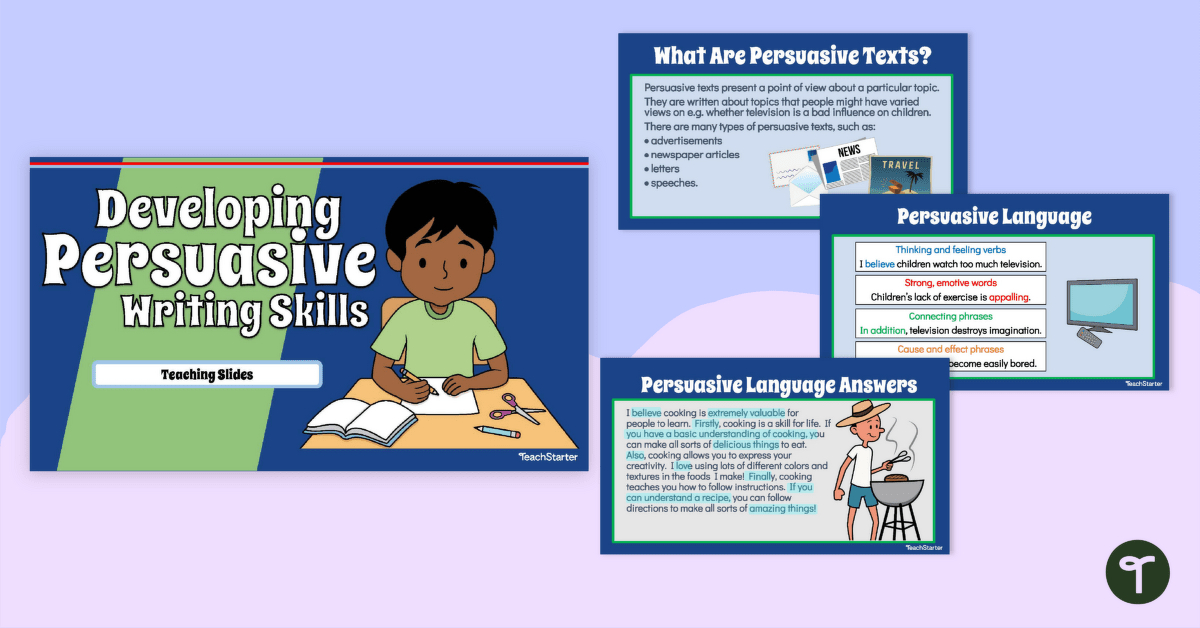

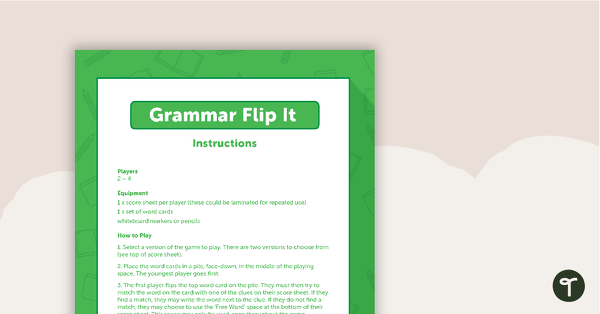
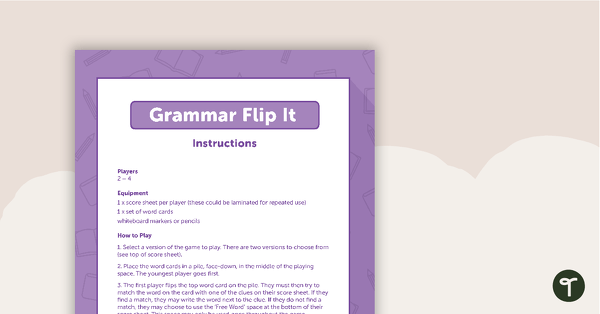

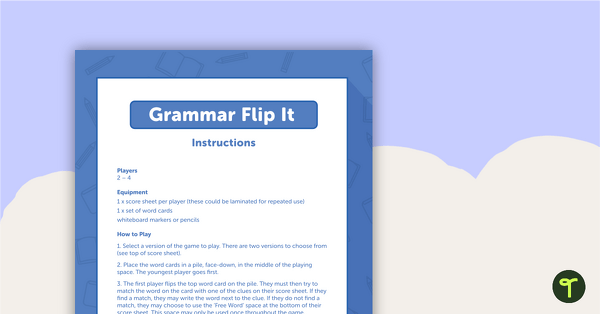


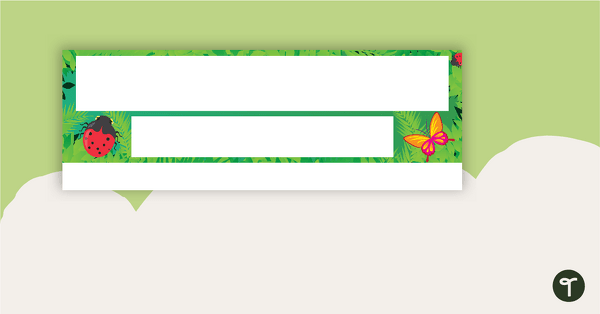
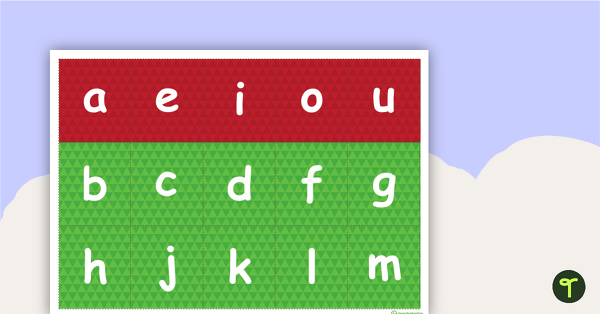
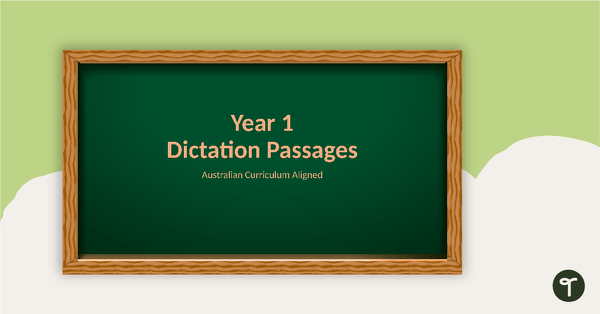
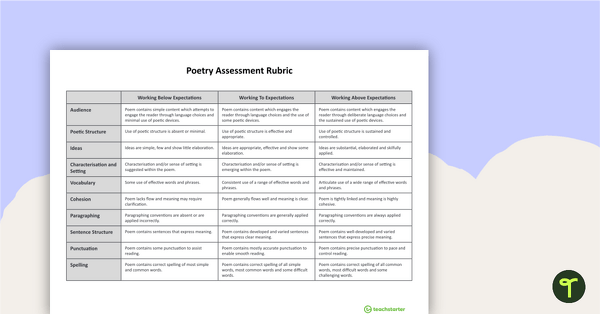
4 Comments
Write a review to help other teachers and parents like yourself. If you'd like to request a change to this resource, or report an error, select the corresponding tab above.
No comments yet.